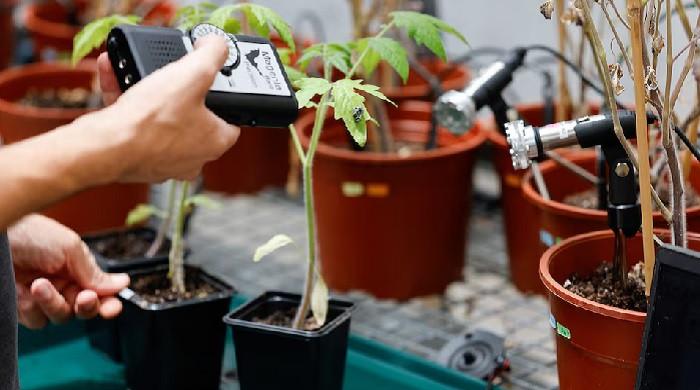There is evidence that plants and insects interact through sound, researchers at Tel Aviv University said Tuesday and opened a new border in the study of acoustic communication in nature.
The study, published in the journal Elife, suggests that female mills discover ultrasound signals sent out by dehydrated tomato plants and use this information to decide where to lay their eggs.
Møl usually puts their eggs on tomato plants to supply food to their larvae after they are padded.
The research was led by Rya Seltzer and Guy Zer Eshel in the Laboratories of Yossi Yovel and Lilach Hadany, both professors at the university’s wise Faculty of Life Sciences.
“We revealed the first proof of acoustic interaction between a plant and an insect,” the team said in a statement.
The results are based on previous research from the group, which revealed that plants emit ultrasound sounds when under stress.
The discovery could have consequences for agriculture and pest control that open the possibilities of handling the health and insect behavior of crops through sound.
While the ultrasonic sounds emitted by plants are out of the range of human hearing, they can be picked up by many insects and some mammals, such as bats.
The study of this preference presented the researchers female mill with two healthy tomato plants – one with a speaker that played sounds registered from a drying system and one that was silent.
The mills preferred the silent option, suggesting that they use these signals to identify optimal places for laying eggs.
Further experiments confirmed that the mill’s choice was specifically controlled by sound and only by sounds from the plants.
“Here we have seen that there are animals that are able to make sense of these sounds,” Hadany said.
“We think this is just the beginning. So many animals may respond to different plants.”



